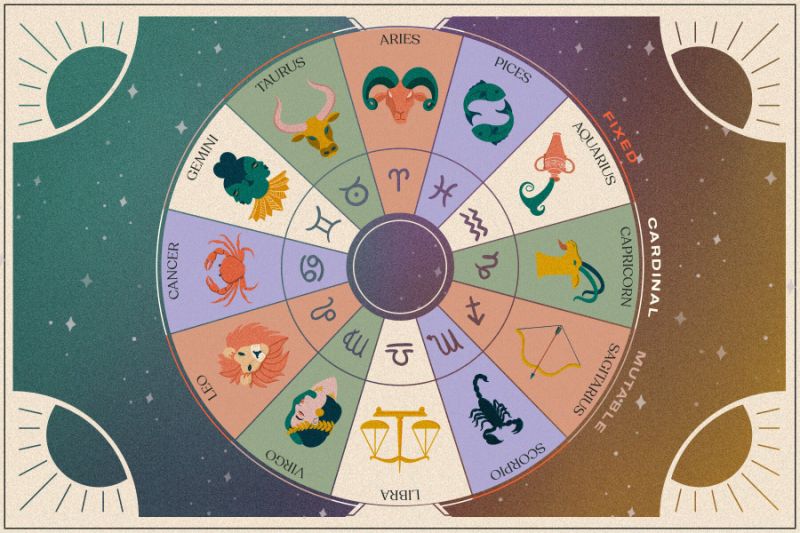文藝板塊
Book review
書評
The history of science
科學史
Sleeping giants
沉睡的巨人
The Light Ages. By Seb Falk.
《光明的時代》。作者:塞伯·福克
In the 11th century, nearly 500 years before Leonardo da Vinci drew a similar flying machine, a young monk called Eilmer strapped wings to his hands and feet and jumped off a tower at Malmesbury Abbey in England. After he had glided more than 200 metres a gust of wind caught him, and he crashed, breaking both legs.
在11世紀,大約在達芬奇畫出類似飛行器的500年前,一名名叫艾爾默的年輕僧侶將翅膀綁在手腳上,從英格蘭馬姆斯伯里修道院的一座塔樓上跳下。他滑翔了200多米后,一陣風把他刮了下來,摔斷了雙腿。
Eilmer’s exploit seems to capture much about the Middle Ages, as Seb Falk, a historian, presents them in “The Light Ages”. They fizzed with scientific curiosity and experimentation, much of it in religious institutions. There were a lot of dead ends, but there was progress too. And they don’t deserve to be tainted as “the Dark Ages”.
艾爾默的英勇行為似乎捕捉到了中世紀的特點,而這些特點也正如歷史學家塞伯·福克在《光明時代》中所述。對科學的好奇和實驗讓中世紀生機勃勃,當時大量的實驗是在宗教機構進行的。很多探索走入死胡同,但也有實驗取得進展。中世紀不應該被稱為“黑暗時代”。

A deeply rooted intellectual prejudice holds that nothing much happened in the 1,000-odd years between the fall of the western Roman Empire and the rediscovery, in the 15th century, of the texts of the ancient world. Mr Falk sets out to discredit it. Those texts were well-known in the Middle Ages, when they were brought together in European libraries with the musings of the finest contemporary minds (many from far beyond Europe’s borders), translated into Latin, copied, debated and sometimes improved upon. A shift did begin in the 15th century, but it was more quantitative than qualitative—an acceleration, largely due to the invention of the printing press, rather than a watershed.
一種根深蒂固的知識偏見認為,從西羅馬帝國覆滅到15世紀對古代文獻的重新發現的1000多年里,并未發生什么事情。福克對此表示質疑。那些文獻在中世紀廣為人知,由當時最優秀的智者們斟酌后收錄到歐洲博物館(許多人來自歐洲以外的國家)。智者們將這些文獻翻譯成拉丁語,抄錄下來,進行討論,有時還加以改進。15世紀的確出現了轉變,但更多的是數量上的變化,而非質變。主要是印刷機的發明引發了數量上的加速,而未形成質變。
譯文由可可原創,僅供學習交流使用,未經許可請勿轉載。












